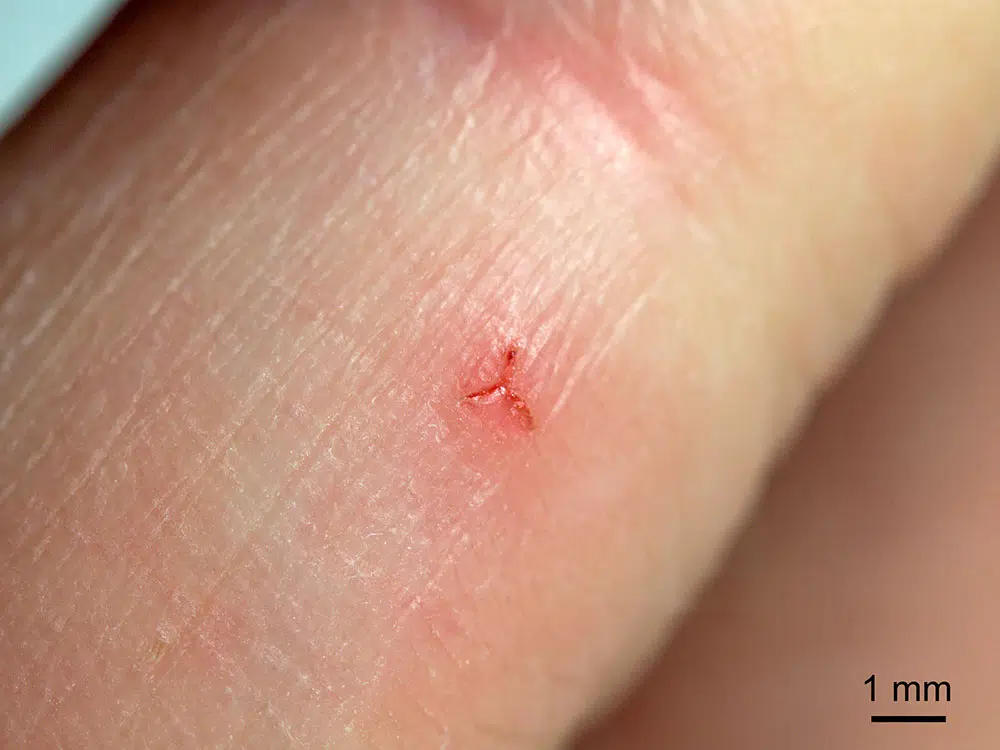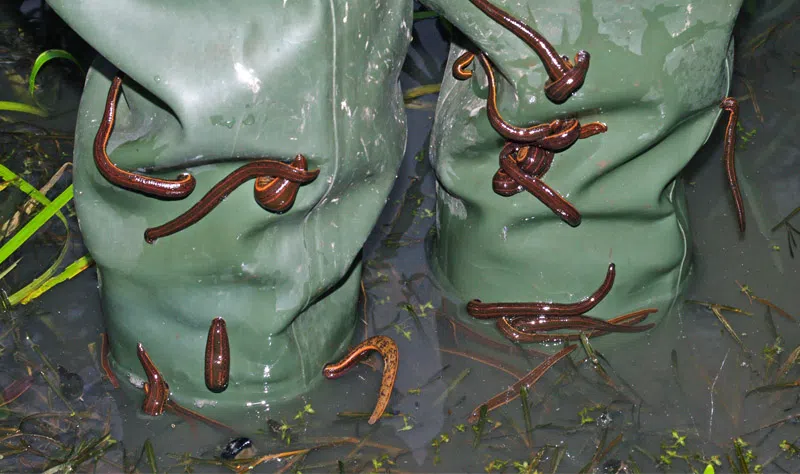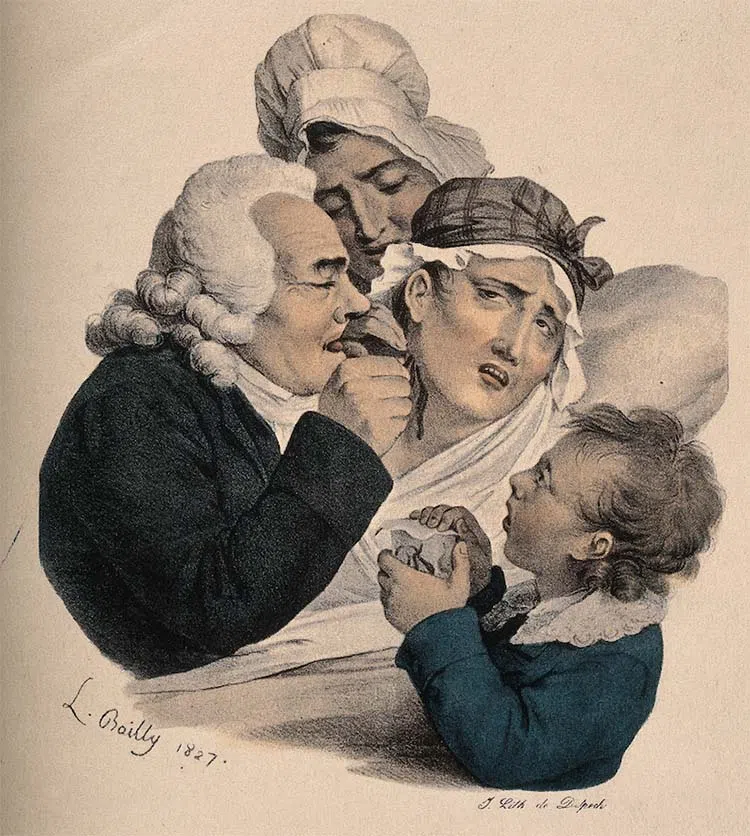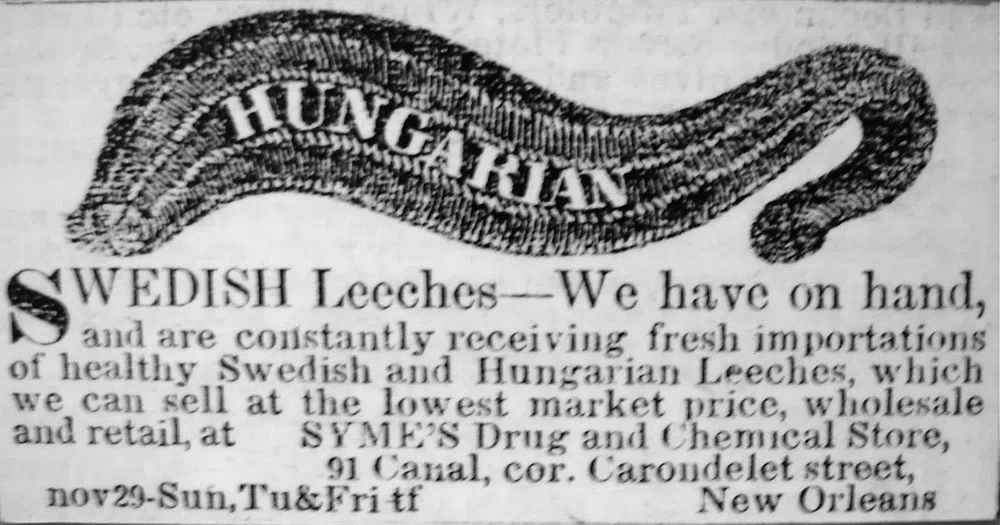
Leech Collectors and the Leech Craze of the 1800s
Featured in Ripley's Believe It or Not!

Leech Collectors
You thought your job was tough? Imagine being a medicinal leech collector in the 1800s, possibly one of the least awesome professions in modern history.





